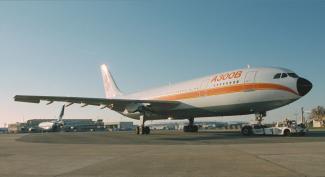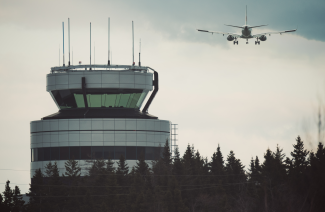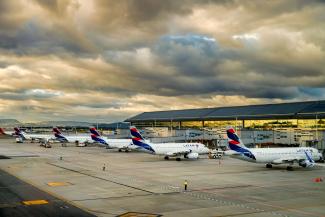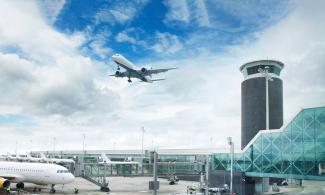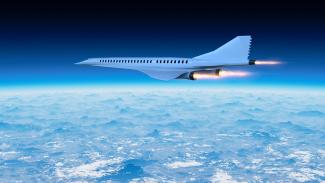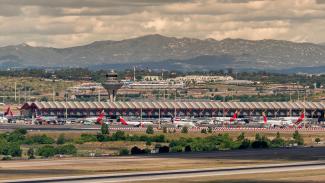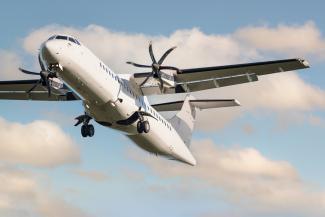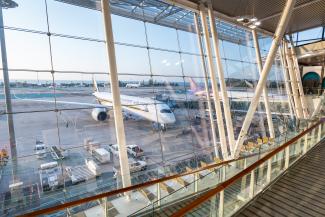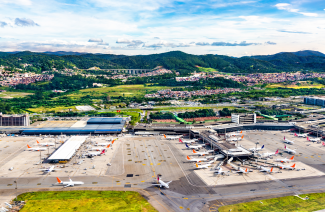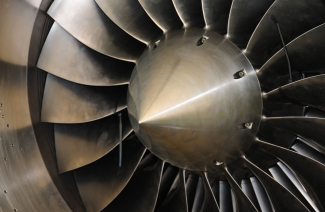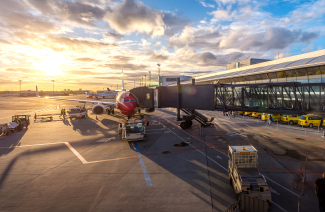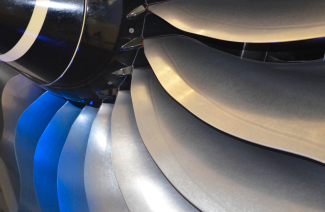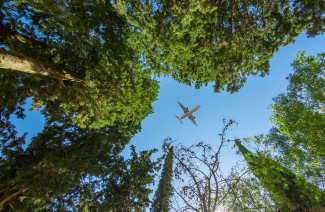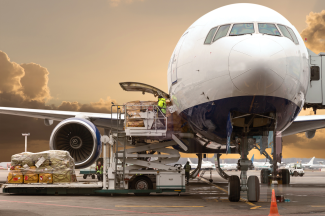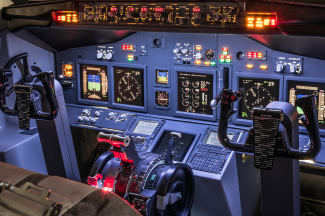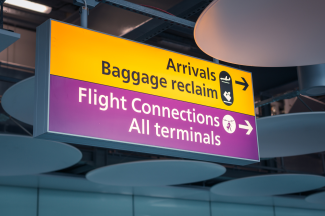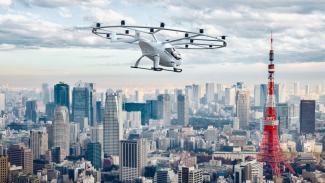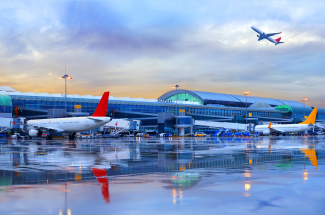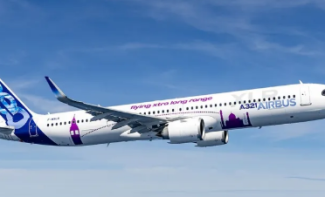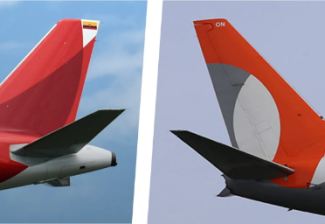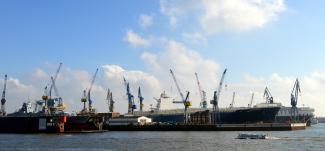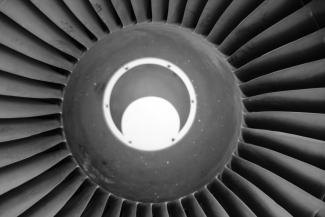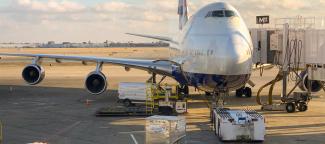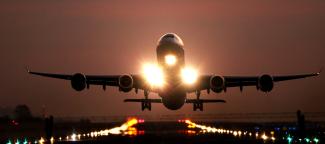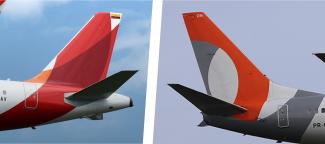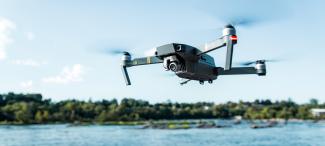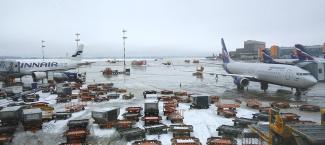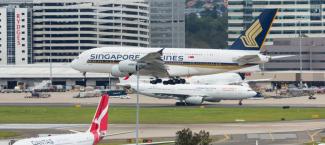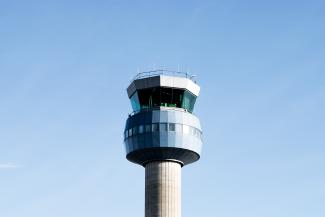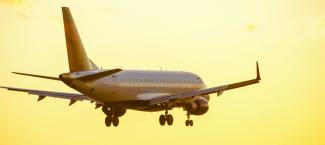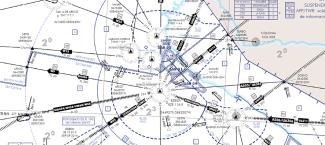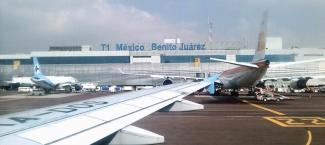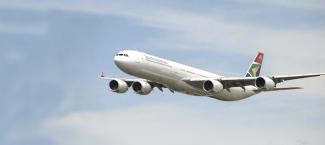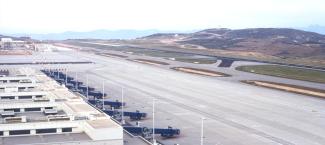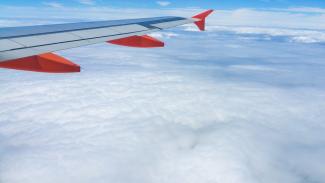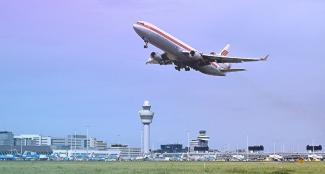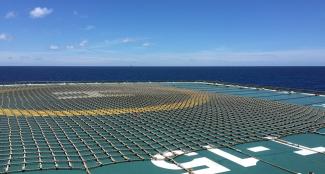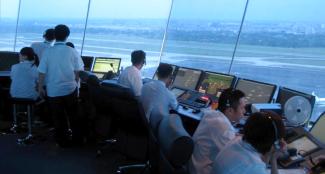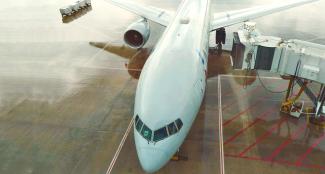The 1960s and 1970s marked the definitive consolidation of the commercial aviation as a profitable business due to the explosion of tourism, the development of the economy that fueled the need to travel for the middle and upper classes and the advances in technology that allowed to significantly reduce the costs for the airlines. This was a period of great expansion, which was only jeopardized by the oil crisis of the early 1970s and the beginning of the Iran-Iraq War in 1980.
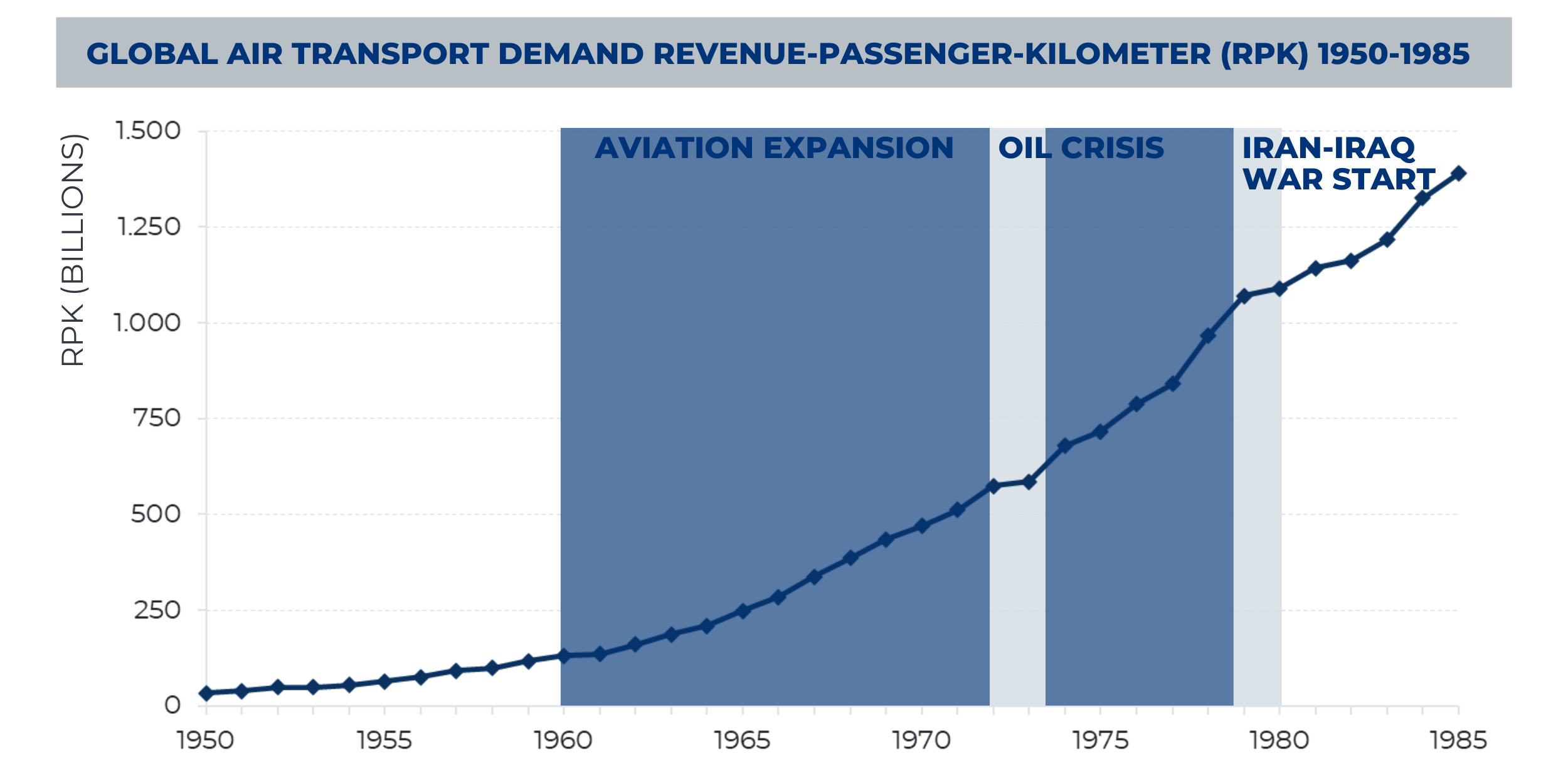
Source: IATA
Due to these good perspectives, the Governments of France, Germany and the United Kingdom signed an agreement in September 1967 whereby they agreed to develop an aircraft with around 300 seats in response to the emerging need of the time. This plane would be a wide-body aircraft with double aisle for medium-range routes: the A300.
The agreement also arose as a response to the clear North American dominance in the civil aviation sector, thanks to Boeing and McDonnell Douglas companies, especially after the successful launch of the Boeing B-727 model (maiden flight in 1963), and where European engineering companies wanted their piece of the pie. Some years later, in 1969, the United Kingdom withdrew its support for the program, so the project for the A300 had to be modified and France and Germany remained as the main grantors of the project. This agreement planted the seed for the creation of Airbus in December 1970. Spain joined the consortium as a full member with a 4.2% stake one year later, in December 1971.

The designs and works started and, finally, 50 years ago, on October 28, 1972, the maiden flight of the A300 took place. This aircraft did not have the expected initial success, despite starting with an initial order for six aircraft by Air France. The 1973 oil crisis made the situation of the newly created consortium particularly worse as the airlines increased their fuel costs and led to a notable drop in the number of orders, to the point that Airbus had fully assembled aircraft in the factories waiting for buyers.
This trend changed when, in September 1974, the first aircraft order by a non-European company was placed. Korean Airlines ordered four A300s in its A300B4 version, a basic medium-range passenger version that received certification in March 1975. This order marked the definitive take-off of the A300 program. Airbus was already beginning to have a name in civil aviation and presented great technological advances such as composite materials in different parts of the plane or the CAT IIIA system in February 1977 on the A300, which assisted the pilot in landings with inferior visibility.
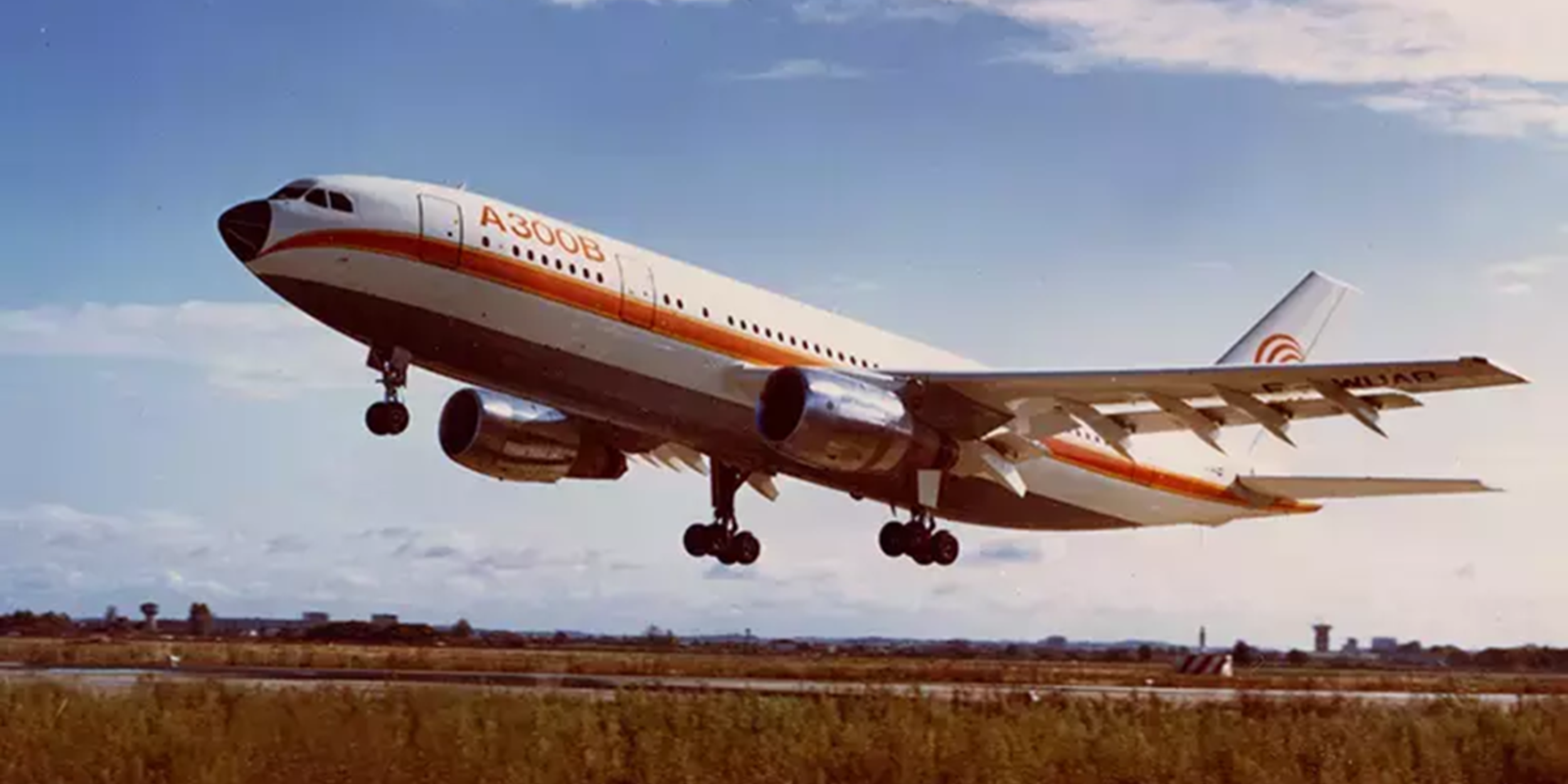
A300B First Flight Take-Off
The confirmation of Airbus as a competent alternative to Boeing was produced in March 1978, when the American carrier Eastern Airlines placed an order for twenty-three A300s plus nine options. In 1980, the creation of a new version of the A300 was approved, the A300-600, which is an improved variant of the A300B4 with the technological improvements of the A310 like the replacement of the old electromechanical indicators by cathode tube displays that allow to know all the data of the aircraft in a much faster way, the addition of electrically actuated spoilers, etc.

In March 2006, Airbus announced the closure of the A300 final assembly line, with a final total production of 561 units.
The A300 is an iconic aircraft of the skies that has marked aviation history for different reasons:
- First collaboration project between European countries in the civil aviation industry for the design and construction of an aircraft, being the beginning of Airbus, one of the largest aircraft manufacturers in the world today.
- Easy conversion to cargo versions that has extended the life cycle of many units. More than 250 A300 aircraft are currently in operation, 75% of them freighters.
- The A300 became the first ETOPS (Extended-range Twin-engine Operations Performance Standards) compliant aircraft, being able to fly long-distance routes in a more flexibly.

